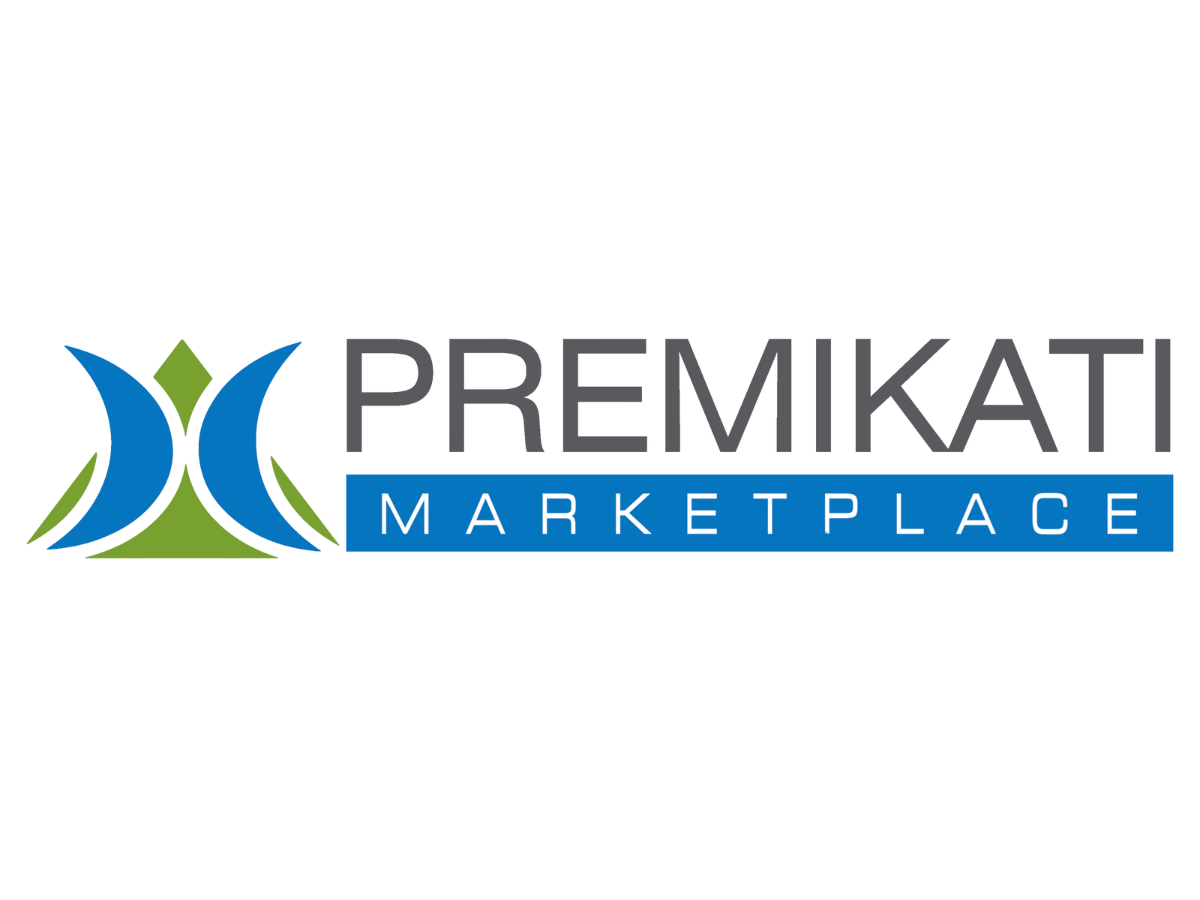Hidden Costs of Manual Procurement Processes - Public Sector
Manual procurement processes often appear straightforward and cost-effective initially, especially for public sector entities facing tight budgetary constraints. However, beneath the surface simplicity lie numerous hidden costs that can significantly impact efficiency, compliance, and budgetary health. Understanding these hidden costs is critical for public sector organizations aiming to deliver efficient services and achieve financial sustainability.
Increased Administrative Costs
At first glance, manual procurement processes may seem manageable, but they quickly escalate administrative demands. Processing paper-based requisitions, manual tracking of purchase orders, and physically managing invoices require substantial human resources and time.
Common administrative costs associated with manual procurement include:
Salaries and overtime payments for employees handling manual tasks.
Expenses related to physical storage and management of procurement records.
Costs associated with paperwork errors and rectification.
These cumulative expenses often far exceed the perceived savings of not investing in automation technology, reducing the efficiency of resource allocation and negatively affecting operational budgets.
Errors and Compliance Issues
Manual procurement systems heavily rely on human input, which is inherently susceptible to mistakes. Incorrect data entry, misplaced documentation, and oversight errors can rapidly compound into serious compliance breaches.
Typical issues stemming from manual data handling include:
Incorrect budget allocations due to data entry mistakes.
Missed compliance deadlines and ensuing regulatory penalties.
Administrative burdens associated with audit corrections and legal interventions.
Such errors not only disrupt procurement efficiency but also expose organizations to significant financial and reputational risks. Penalties and legal challenges resulting from compliance violations strain already limited public sector budgets and resources.
Inefficiencies Leading to Delays
Time-intensive manual approvals, extended paperwork cycles, and delayed decision-making processes create severe inefficiencies within manual procurement operations. This sluggishness can affect the timely execution of critical public projects, from infrastructure development to public service initiatives.
Key inefficiencies contributing to delays include:
Slow manual approval cycles involving multiple departmental sign-offs.
Prolonged time required to track and reconcile procurement documentation.
Inability to respond swiftly to urgent procurement needs due to cumbersome procedures.
These delays have significant downstream impacts, increasing project timelines and often resulting in escalated costs and lost opportunities for innovation and improvement.
Strategic Benefits of Transitioning to Automated Procurement
Transitioning from manual to automated procurement processes offers strategic advantages that address the hidden costs identified:
Cost Efficiency: Automation reduces the time and resources required for administrative tasks, freeing staff for strategic procurement activities.
Accuracy and Compliance: Automated systems significantly reduce data entry errors, ensuring better compliance and lower risk of regulatory penalties.
Enhanced Transparency: Digital procurement processes improve documentation accuracy and accessibility, fostering greater transparency and accountability.
Improved Operational Speed: Automation streamlines procurement workflows, enabling faster approvals and reducing delays in project execution.
By investing in automated procurement solutions, public sector entities can substantially reduce hidden costs, enhance compliance, and deliver improved public value through greater operational efficiency and responsiveness.
